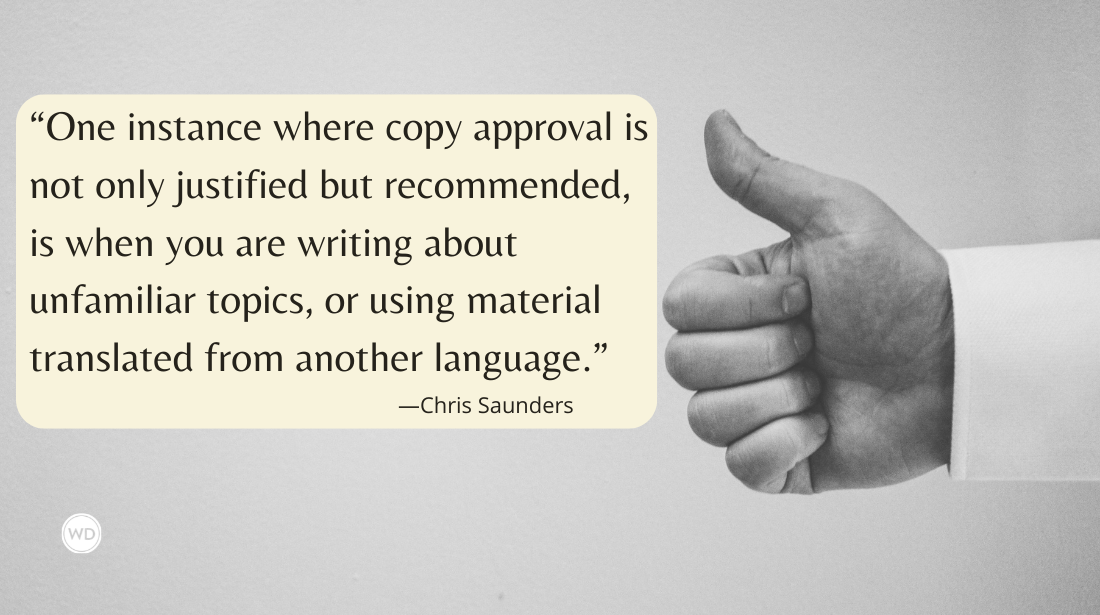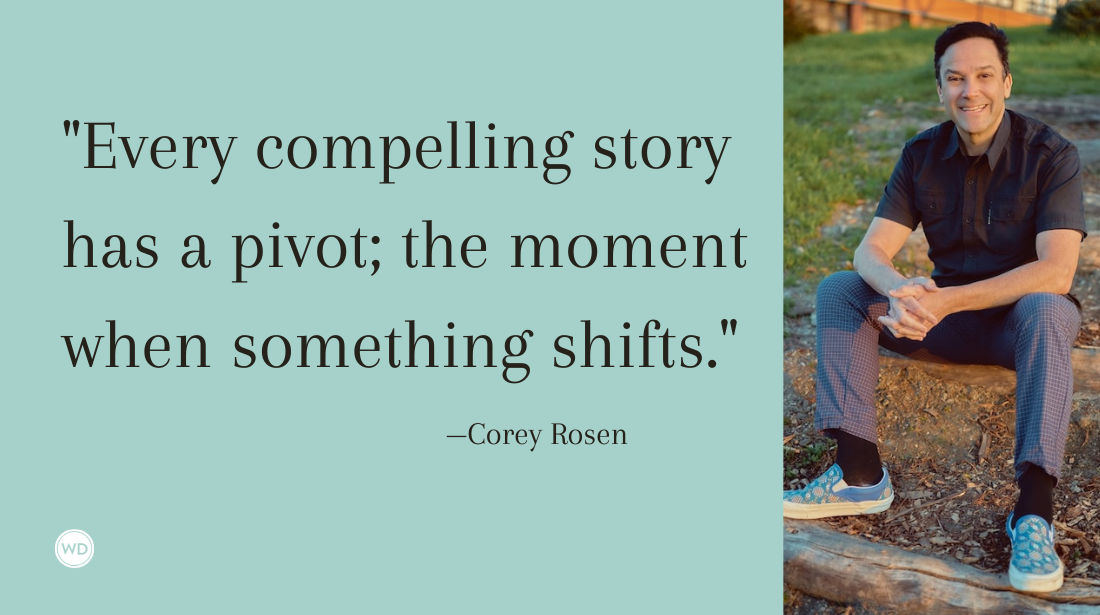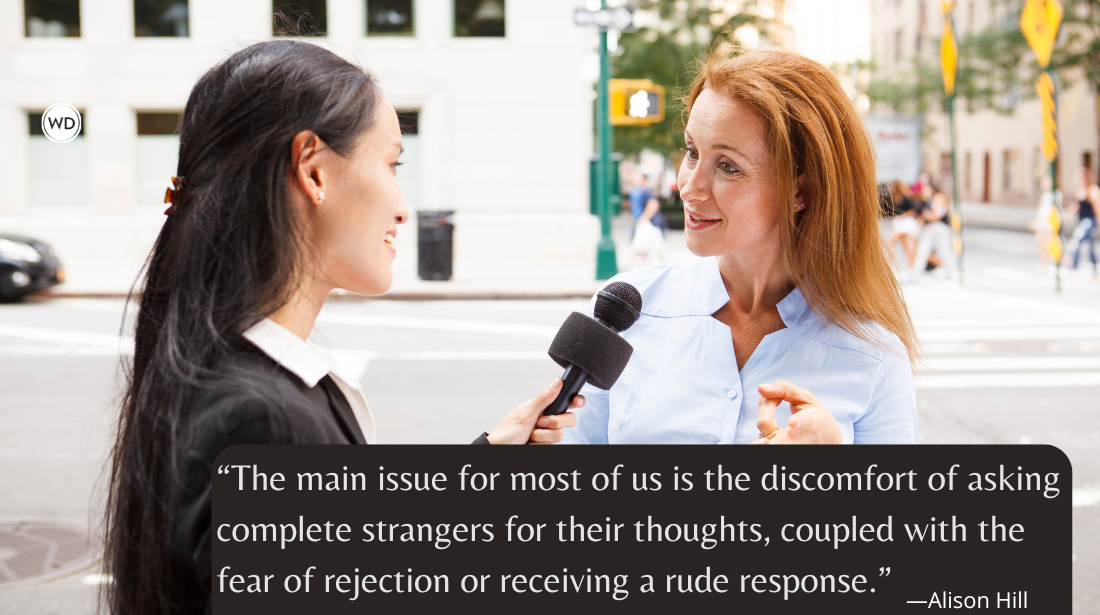What Is a Hermit Crab Essay in Writing?
In this post, we look at what a hermit crab essay is, including what makes it different from other types of essays and when writers may prefer to use this style.
I've really been enjoying the process of diving into various essay forms recently (full disclosure: this interest was sparked by this recent author spotlight with Hasanthika Sirisena). As someone who loves playing around with writing forms of all types (just check out my list of poetic forms), I'm intrigued by the various possibilities with personal essays to no end (that I've found yet anyway).
In this post, we're going to look at what a hermit crab essay is, including what makes it different from other types of essays and when writers may prefer to use this style.
What Is a Hermit Crab Essay in Writing?
A hermit crab essay is a bit like an actual hermit crab in that it's an essay that takes on the existing form (as if a shell) of another type of writing. For instance, an essay that looks like a set of instructions or social media posts (or letters, poems, postcards, outlines, obituaries, script, footnotes, or prompts). From what I can tell, it appears the form originated with Brenda Miller and Suzanne Paola in their book Tell It Slant: Creating, Refining, and Publishing Creative Nonfiction.
While it's not a requirement, hermit crab essays can gain power if the form it inhabits somehow plays with the actual subject of the essay. For instance, a personal essay on a person's struggles with procrastination might benefit from being a set of motivational prompts that reveal more about the underlying issues. Or a chef may find recipes are a great form for writing about the perils of running a food truck (or dealing with anxiety).
This form actually reminds me of a favorite novel by Vladimir Nabokov titled Pale Fire that wrapped it's narrative in the guise of literary criticism of a 999-line poem (the st. A great place to find actual examples of hermit crab essays would be in The Shell Game: Writers Play With Borrowed Forms, edited by Kim Adrian.
*****
This course guides beginning and intermediate writers through elements of how to write a personal essay, helping them identify values expressed in their stories and bring readers into the experiences described. Writers learn how to avoid the dreaded responses of "so what?" and "I guess you had to be there" by utilizing sensory details, learning to trust their writing intuitions, and developing a skilled internal editor to help with revision.









